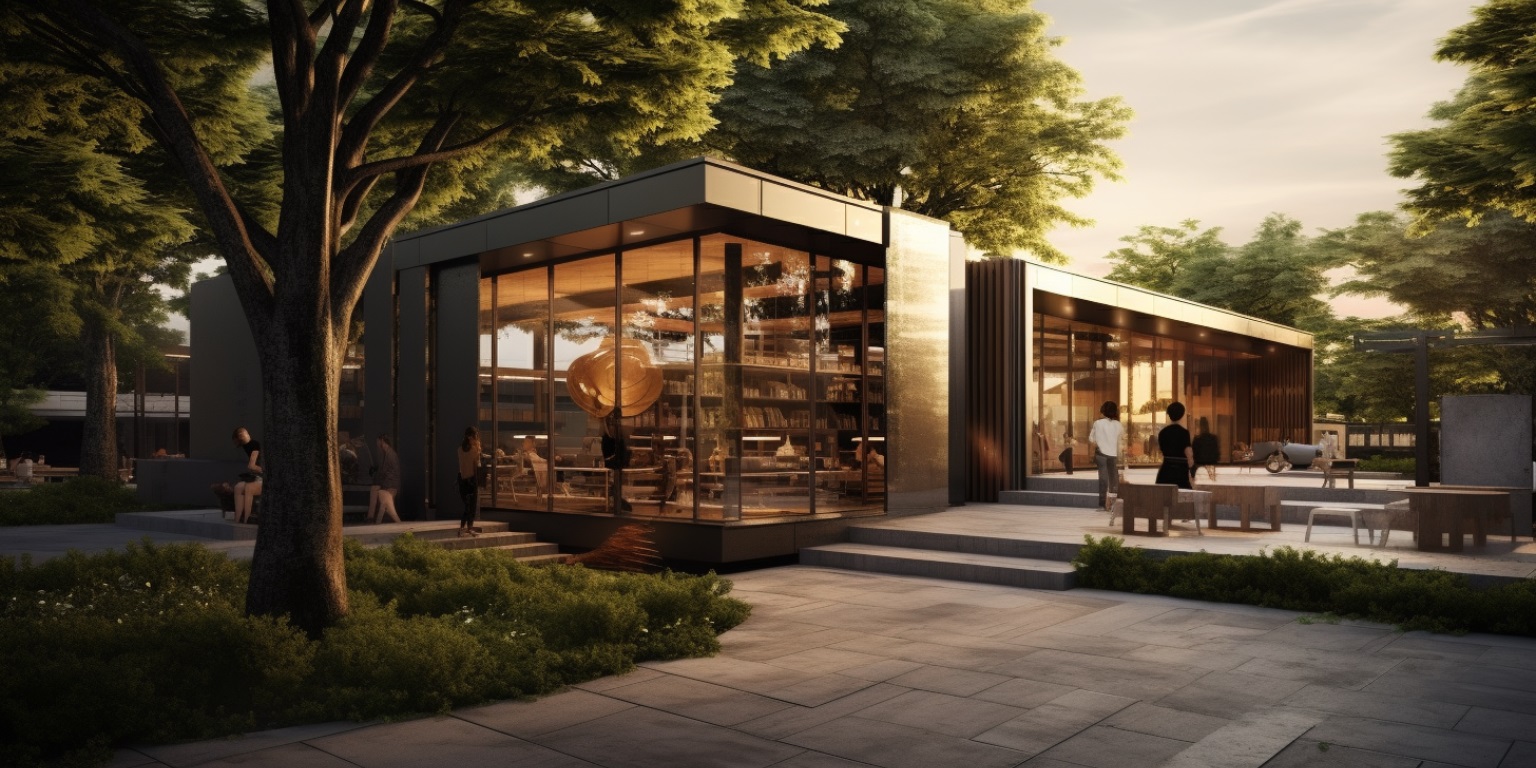The Allure of Vintage Mid-Century Bathroom Vanities

Stepping into a bathroom adorned with a vintage mid-century vanity is like stepping back in time, embracing a design era that continues to captivate with its timeless elegance and enduring style. These vanities, often characterized by their sleek lines, functional simplicity, and a touch of retro charm, are more than just bathroom fixtures; they are statement pieces that exude a sense of sophistication and individuality.
Defining Characteristics of Vintage Mid-Century Bathroom Vanities
Vintage mid-century bathroom vanities are easily recognizable by their distinct design features and materials. They often showcase a combination of practicality and aesthetics, reflecting the design principles of the era.
- Materials: Mid-century vanities were typically crafted from materials like teak, walnut, and mahogany, known for their durability and natural beauty. These woods were often left in their natural state, showcasing the unique grain patterns and warm tones. Some vanities incorporated laminates, a popular material in the mid-century, offering a more affordable and versatile option.
- Colors: The color palette of mid-century vanities reflects the design trends of the era, often featuring a muted and earthy color scheme. Neutral shades like beige, gray, and brown were popular, complemented by pops of color in vibrant greens, blues, and yellows.
- Design Elements: Mid-century vanities typically featured clean lines, geometric shapes, and minimalist designs. They often incorporated elements like tapered legs, rounded edges, and integrated storage solutions. The focus was on creating functional and aesthetically pleasing pieces that would seamlessly integrate into the surrounding space.
Finding and Restoring Vintage Vanities

The thrill of discovering a vintage mid-century bathroom vanity is unmatched. It’s a journey that combines the excitement of treasure hunting with the satisfaction of bringing a piece of history back to life. From online marketplaces to local antique shops, finding these gems requires a keen eye and a bit of patience.
Identifying Authentic Vintage Pieces
Authenticating vintage mid-century bathroom vanities is crucial to ensure you’re investing in a genuine piece and not a reproduction. There are several key features to look for:
- Construction: Vintage vanities were often built with solid wood, like oak, walnut, or mahogany. Look for dovetail joints, which indicate high-quality craftsmanship, and solid wood drawers, rather than plywood or particleboard.
- Hardware: Original hardware, such as knobs, pulls, and hinges, will often be made of brass, chrome, or porcelain. Pay attention to the style and design, as these can be indicative of the era.
- Style: Mid-century modern vanities typically feature clean lines, geometric shapes, and a minimalist aesthetic. Look for features like tapered legs, integrated sinks, and a lack of ornate details.
Restoration Techniques
Once you’ve found a vintage vanity, it’s time to give it a new lease on life. Restoration can range from a simple cleaning to a complete overhaul. Here are some common techniques:
- Refinishing: This involves stripping the existing finish and applying a new one. You can choose to keep the original color or opt for a fresh look. Consider using a durable finish like polyurethane or varnish to protect the wood.
- Replacing Hardware: Over time, hardware can become tarnished or damaged. Replacing it with new or restored pieces can dramatically update the vanity’s look. You can find replacement hardware online or at antique stores.
- Updating Plumbing Fixtures: Vintage vanities often have outdated plumbing fixtures. Replacing them with modern fixtures, such as faucets and drains, can improve functionality and style.
Integrating Vintage Vanities into Modern Bathrooms: Vintage Mid Century Bathroom Vanity

Blending vintage charm with contemporary style, integrating vintage mid-century bathroom vanities into modern spaces is a captivating design challenge. This approach allows for a unique and personal touch, transforming the bathroom into a haven of timeless elegance and functionality.
Creating a Cohesive Bathroom Design
The key to successful integration lies in creating a cohesive design that blends vintage elements with modern accents. This involves considering the overall bathroom style, the vanity’s design, and the choice of complementary fixtures and décor.
Here are some tips for achieving a harmonious blend:
- Choose a Vanity that Complements the Bathroom Style: Select a vintage vanity that complements the overall style of the bathroom. For example, a sleek, minimalist vanity would work well in a contemporary bathroom, while a more ornate vanity would be suitable for a traditional space.
- Incorporate Modern Elements: Balance the vintage aesthetic with modern elements, such as sleek faucets, contemporary lighting, and minimalist accessories. This creates a balanced and visually appealing space.
- Use a Consistent Color Palette: A cohesive color palette helps to unify the vintage and modern elements. Consider using neutral tones like white, gray, or black as a base, and then add pops of color with towels, rugs, or artwork.
- Embrace Natural Materials: Incorporating natural materials, such as wood, stone, or bamboo, can add warmth and texture to the space. These materials work well with both vintage and modern aesthetics.
- Add Statement Pieces: Introduce statement pieces, such as a vintage mirror, a unique light fixture, or a piece of art, to create visual interest and highlight the vintage vanity.
Examples of Vintage Mid-Century Bathroom Vanities with Modern Fixtures and Décor, Vintage mid century bathroom vanity
To illustrate how vintage mid-century bathroom vanities can be seamlessly integrated into modern bathrooms, consider these examples:
| Vintage Vanity | Modern Fixtures and Décor | Description |
|---|---|---|
| A classic mid-century vanity with a simple, rectangular design and sleek chrome hardware. | A modern, wall-mounted faucet with a minimalist design. A large, round mirror with a thin, black frame. A set of white, fluffy towels. | This combination creates a clean and contemporary look with a vintage touch. The sleek chrome hardware on the vanity complements the modern faucet, while the round mirror adds a touch of softness to the space. |
| A vintage vanity with a curved, wooden countertop and brass hardware. | A modern, single-lever faucet with a brushed nickel finish. A rectangular mirror with a thin, brass frame. A set of gray, textured towels. | This pairing showcases the beauty of vintage design while incorporating modern elements. The curved countertop adds a touch of elegance, while the brass hardware complements the modern faucet and mirror. |
| A vintage vanity with a teak countertop and chrome hardware. | A modern, wall-mounted faucet with a matte black finish. A large, rectangular mirror with a thin, black frame. A set of black and white striped towels. | This combination creates a bold and sophisticated look. The teak countertop provides warmth and texture, while the matte black faucet and mirror add a touch of drama. |
Challenges of Integrating Vintage Vanities into Modern Bathrooms
While vintage vanities offer unique charm, incorporating them into modern bathrooms can present some challenges:
- Matching Modern Plumbing: Vintage vanities may not have the same plumbing configurations as modern bathrooms, requiring modifications or adaptations.
- Limited Storage Space: Some vintage vanities may have limited storage space, especially if they were designed for smaller bathrooms. This can be addressed by incorporating additional storage solutions, such as open shelving or a freestanding cabinet.
- Restoring and Maintaining the Vanity: Restoring and maintaining a vintage vanity can be time-consuming and require specialized skills. This can be mitigated by hiring a professional or seeking guidance from experts.
Overcoming Challenges with Creative Solutions
By employing creative solutions, these challenges can be overcome, allowing you to seamlessly integrate a vintage vanity into your modern bathroom:
- Adapting Plumbing: Consult a plumber to determine the necessary modifications to connect the vintage vanity to modern plumbing. This may involve using adapters, extending pipes, or relocating fixtures.
- Adding Storage: To compensate for limited storage space, consider adding open shelving above the vanity, using freestanding cabinets, or installing drawers underneath the sink.
- Restoring and Maintaining: Research restoration techniques for vintage vanities and consider hiring a professional if necessary. Regular cleaning and maintenance will help preserve the vanity’s beauty and longevity.
